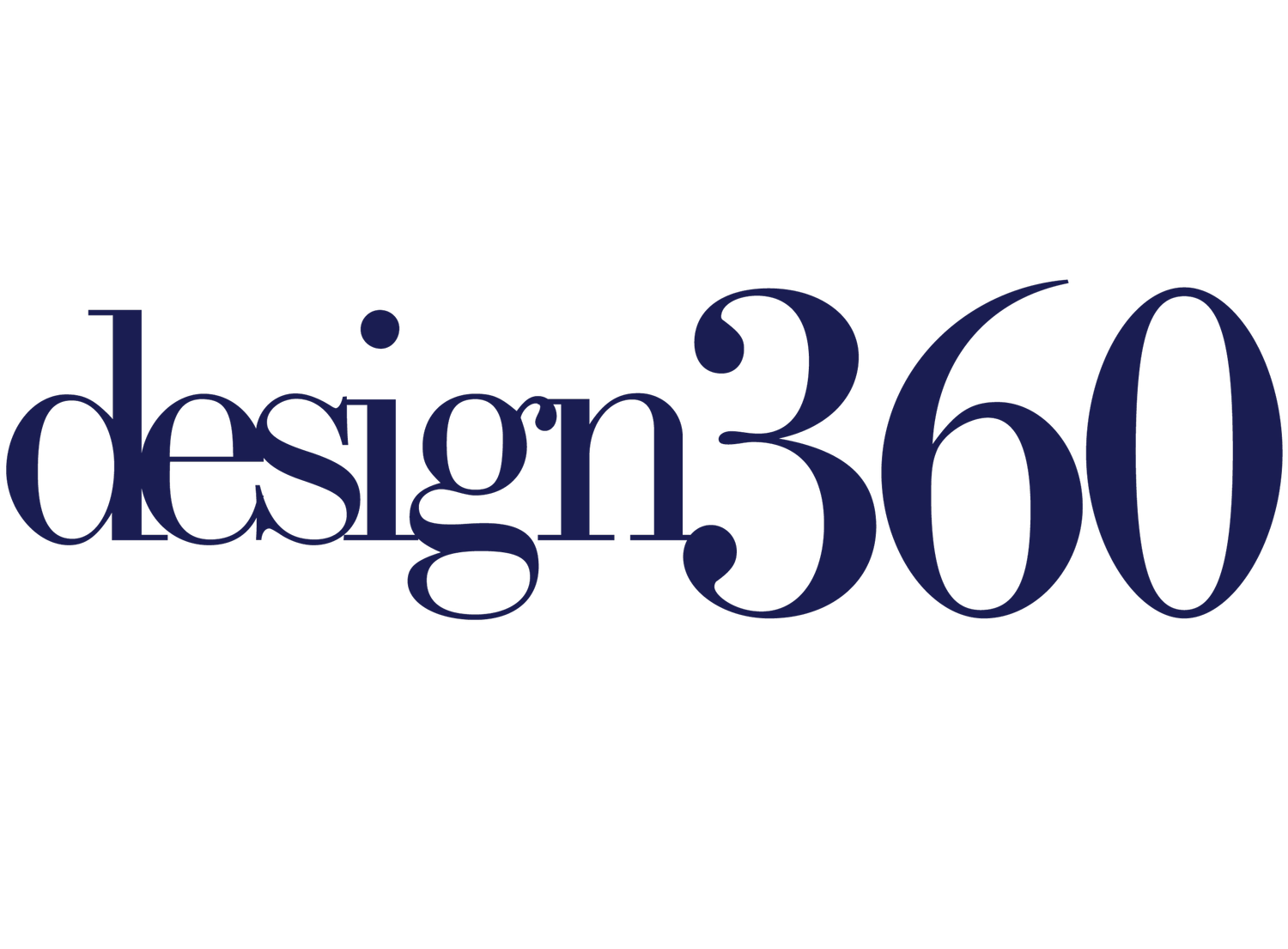Designing in
Mindfulness
Designing Mindfulness is a manifesto from Mindfulness Everywhere. It is a result of us asking the question - how can we build the ideas and practices of mindfulness into technology so that the attention and wellbeing of the people who use it is best supported?
Mindfulness teaches us that the quality and nature of our attention has a direct impact on our wellbeing. Many of the interactions we have with technology every day involve our attention. Our wellbeing is therefore being affected by those attention-based products we use. Some companies simply do not understand the impact their products have on the minds of the people who use them. Other companies may deliberately use this knowledge to trap our attention and farm it for commercial gain. As a result, they have little care for the impact their products might have on the people who use them.
There are certain measures that users can take to minimize the negative impact on mental well-being, but makers of products must also take responsibility. If a product is deliberately designed to be addictive, is it then fair to blame the user once they become addicted?
Basis of this Principle
These principles can and should be practiced across all areas of the company; from leadership, design and diversity, all the way to investment. Primarily, it is important to be self-aware of the company and its background. Often the mismatch between those who use a product and those who create a product is significant — Anil Dash pins this on internet.org’s failure. Many start-ups emerge from a situation of privilege, where founders have access to early ‘friend and family’ rounds of funding, or are privileged with connections established through family and education. Therefore, it is imperative to prioritise diversity within organisations in order to make more engaged and representative decisions. Beyond this, Irene Au suggests focussing on leadership, as clear and mindful leadership has an effect across the company. Giving up attachment and ego-based afflictions allow difficult decisions to be made, regardless on their outcome on the individual. For example, Steve Jobs cut the product line of Apple from 350 products to 10 after returning to Apple, which at the time was viewed as an extremely unpopular choice. In a similar vein, a visible progression can be seen with Evan Williams and Blogger, Twitter and Medium as a result of his maturing mindfulness practice.
On the level of design, ego can play a similar role. Designers may be tempted to embed unnecessary features because they can, rather than there being a need for them. If the design team is able to move beyond personal ego and develop empathy, they will be able to develop products that cater to a user’s real needs. It is also important to recognise the impact that different ‘types of money’ can have on your goal and to look for the ‘right kind of money’. Being backed by a group of investors who are solely concerned about the bottom line will result in the company being structured to such values. Likewise, a group of investors that care about your core mission will allow a company to make empowered decisions.
The Principles.
Nine actions to help your product support wellbeing, not degrade it.
Value Human Attention
Recognize that any attention-based product impacts wellbeing.
>
Be Honest About Dark Patterns
Stop tricking your users, and make it easier for them to make their own choices.
>
Respect Information Zones
Develop sustainable modes of communication between your products and users.
>
Prioritize Quality
Focus on producing and encouraging high quality, distraction-free content.
>
Discourage Addictive Usage
Stop cultivating FOMO as a way to establish and maintain unhealthy addictions.
>
Provide Exit Points
Promote a calm experience by providing a sense of completion and giving users an option to disengage.
>
Minimize Social Anxiety
Fix the design decisions which are making people feel bad about themselves.
>
Establish Holistic Metrics
Create ways of measuring success which incorporate more than just the bottom line.
>
Apply Principles Company Wide
Let every part of the organisation play a role in supporting wellbeing.
from Brightdesign.com
A Creative Branding House
We are explorers of whitespace—the region where competitive advantages can be found. Here your brand finds its home, grounded in strategy so it can break ground creatively and engage your target audience.
From large scale branding campaigns to mission critical initiatives such as collateral, POS and digital outreach - we do it all. Every touchpoint is an opportunity to change perception, to surprise and delight your target.



